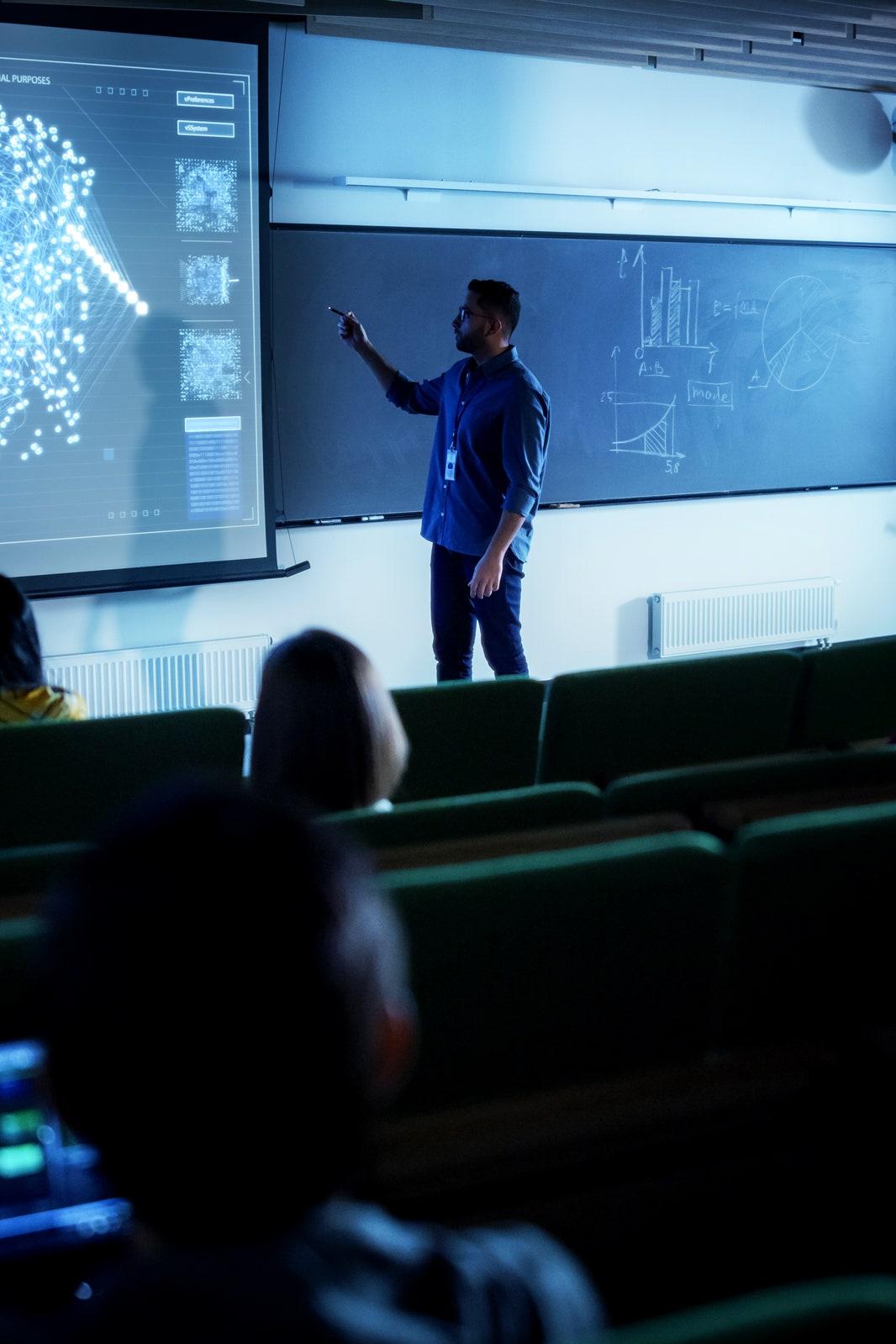AI Can’t Replace Teaching, but It Can Make It Better
Artificial Intelligence (AI) has become an integral part of our daily lives, transforming various sectors with its advanced capabilities. In the education industry, its impact has been significant, disrupting traditional teaching methods and raising concerns about the future of the teaching profession. While AI can never replace the unique and invaluable role of teachers, it has the potential to revolutionize education by supporting and enhancing their capabilities.
One of the key benefits of AI in education is its ability to personalize learning experiences. Every student has unique needs and learning styles, and it can be challenging for teachers to cater to each individual in a traditional classroom setting. AI-powered tools can analyze vast amounts of data on student performance, identify areas of weakness, and provide tailored recommendations and resources. This enables students to learn at their own pace and focus on areas where they need the most support, fostering a more effective learning environment.
Moreover, AI can assist teachers in automating mundane administrative tasks, freeing up their time to focus on more valuable activities. Grading papers, organizing schedules, and managing paperwork can be time-consuming, leaving teachers with less time for actual teaching. AI automation tools can handle these tasks efficiently, allowing teachers to dedicate more time to curriculum development, lesson planning, and providing personalized guidance to students.
Another area where AI can enhance teaching is through virtual and augmented reality (VR and AR). These technologies provide immersive and interactive learning experiences, enabling students to explore complex concepts in a more engaging way. For instance, medical students can practice surgeries in a virtual environment, reducing the risk of mistakes during real operations. Similarly, history or science students can virtually visit historical landmarks or engage with realistic simulations to deepen their understanding. AI-powered VR and AR tools can supplement classroom instruction, making it more captivating and impactful.
Furthermore, AI can help address the issue of educational inequality by increasing access to quality education. In many parts of the world, students in remote areas or underprivileged communities face limited access to experienced teachers and educational resources. AI-powered platforms and applications connect students with high-quality educational content and expert tutors from anywhere in the world, bridging the gap and providing equal opportunities for learning. This can be particularly beneficial for subjects or specialized courses where local teachers are scarce.
However, it is important to recognize that AI is not without limitations. While it can efficiently process and analyze data, it still lacks emotional intelligence, creativity, and empathy—qualities that are essential to effective teaching. Students not only seek knowledge but also require emotional support, motivation, and guidance, which can only be provided by skilled teachers. Building personal connections and understanding individual needs are critical aspects of teaching that cannot be replicated by AI.
Despite its limitations, AI integration in education has enormous potential to improve teaching and learning experiences. The key lies in striking a balance between the power of technology and the invaluable role of teachers. Teachers should embrace AI as a tool to support and enhance their teaching, not as a replacement. By leveraging AI-powered tools, teachers can personalize education, automate administrative tasks, create immersive experiences, and expand access to quality education. This collaboration between AI and teachers can lead to a more efficient, effective, and inclusive education system, preparing students for the challenges of the future.

